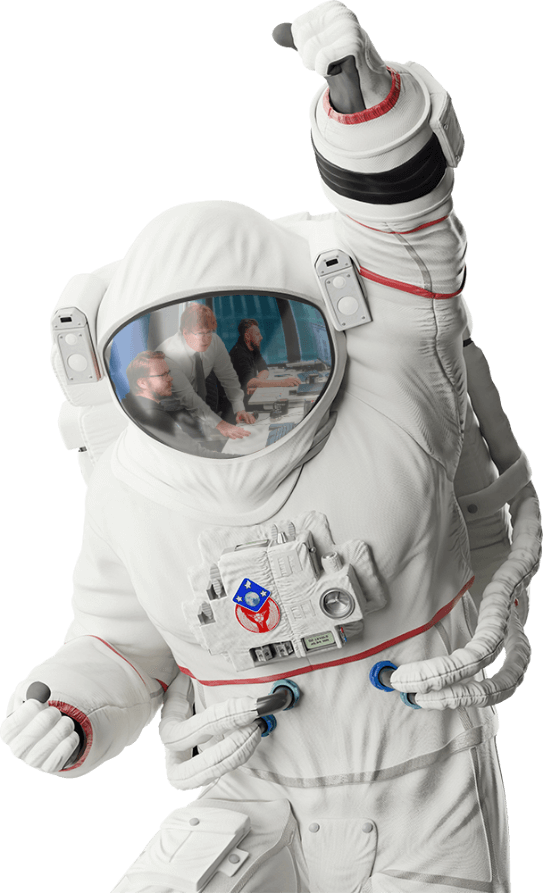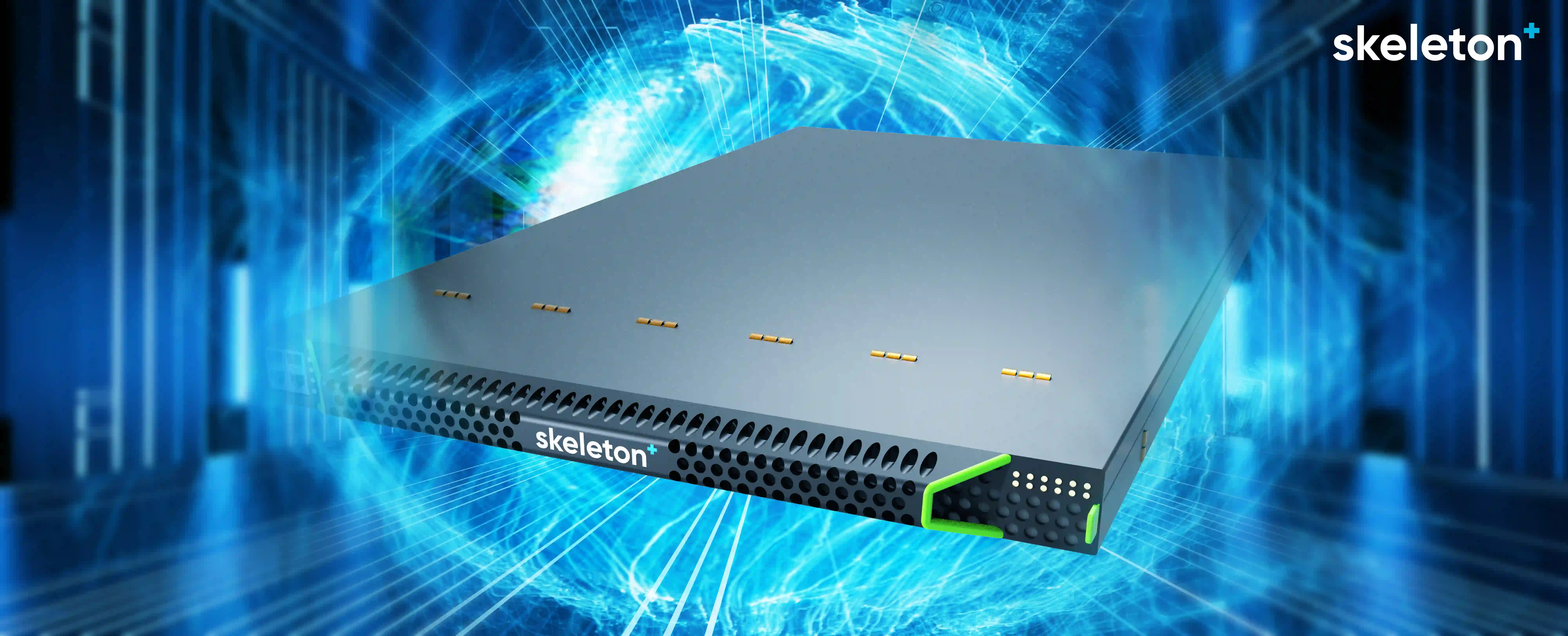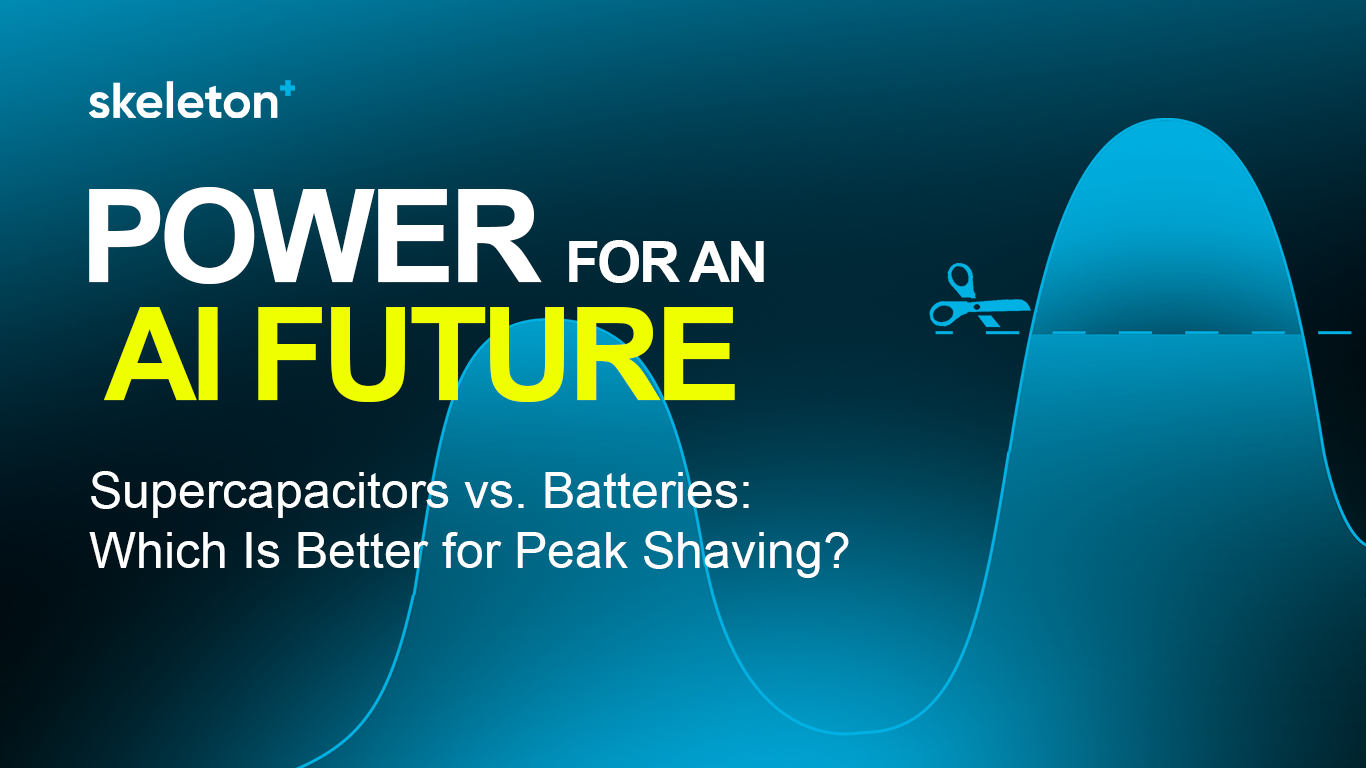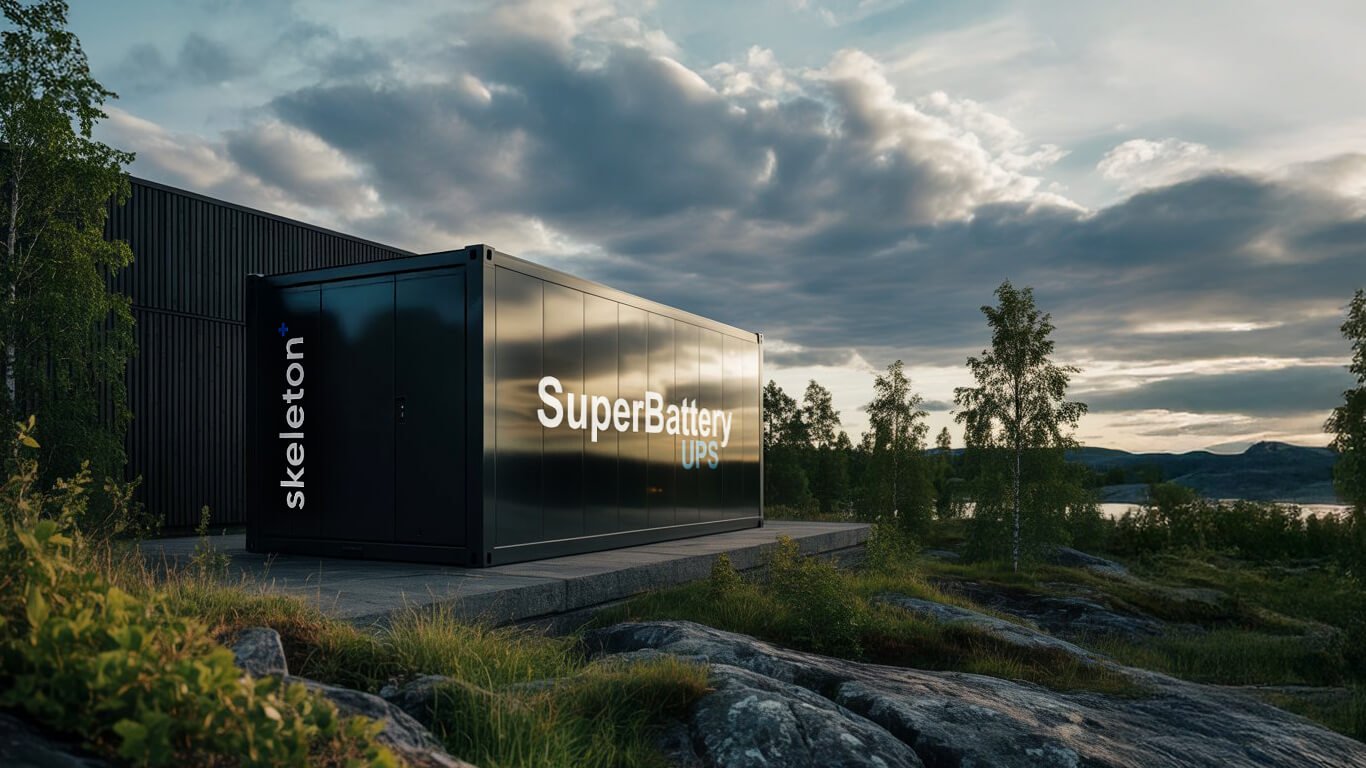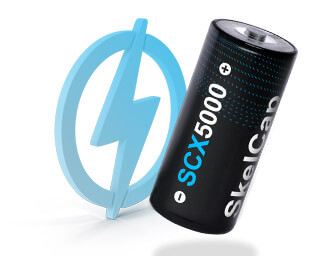
Mareike Herrmann, Cell Test Engineer: it's exciting to see the results of altering a recipe or component of a cell
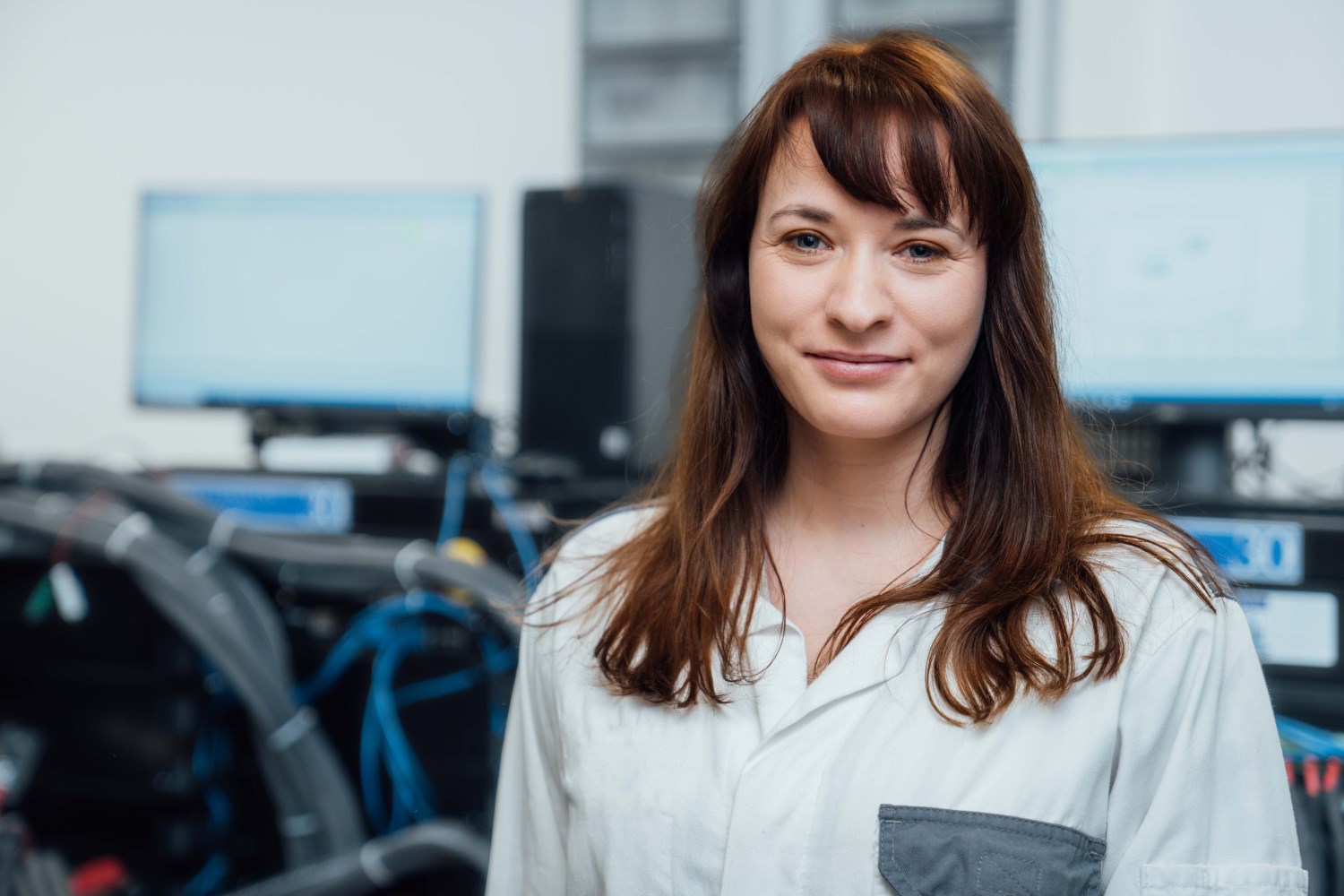
After discovering her great passion for chemistry, Cell Test Engineer Mareike Herrmann began working as a lab technician at the young age of 16. She has a stellar record of research on topics like boron-doped diamonds in quantum physics and carbon fibre sensors for early extracellular detection of leukemia. At Skeleton, Mareike combines the fascinating field of electrochemistry and doing meaningful work to help fight climate change.
What made you want to become a lab technician?
I am from a little village near the city of Halle (Saale) in Saxony-Anhalt, Germany. Early on, chemistry had me completely enthralled. I enjoyed the lessons at school and wished to know why soap bubbles and why a copper compound causes a flame to turn blue. The latter has to do with the atoms dropping to a lower energy level and releasing energy as light.
At the time, my teacher recognized my potential and encouraged me to pursue an apprenticeship as a chemical lab technician. I began the program at an industrial company when I was 16 and completed it in three years.
After graduating, I applied for a position at the Max Planck Society. There I discovered that I enjoyed working on RnD-related projects more than conventional industrial quality control – I liked to see how research changes had a direct impact on the end product.
Even today, it's exciting to see the results of altering a recipe or component of a cell. Working with researchers is one of my favourite parts of the job because I get to bounce ideas off of them and watch them come to life. It's a thrilling process.
You have experience working in renowned research facilities and academic labs. What are some of the topics you’ve been involved in?
At Max-Planck preparing various materials for transmission electron microscopy (TEM).
At the University of Warwick in the UK I worked with boron-doped diamonds in two different fields: quantum physics and electrochemistry. For example, I helped develop sensors using these diamonds that were used to measure pH in harsh environments, also for speeding up measurements and requiring less sample material in blood tests.
At the University of Brighton I worked on a project with Cancer Research UK where we developed carbon fiber sensors for extracellular profiling to detect early signs of leukemia
What brought you last summer to Skeleton?
I returned to Germany and started working at the Fraunhofer Society after Brexit hit the UK. Since most of my work there involved scanning electron microscopy, I felt as though it lacked some bigger purpose. I was also missing electrochemistry. I was delighted to begin working at Skeleton as the Cell Test Engineer because I would have the chance to work for a company that through energy storage devices tackles important environmental issues, giving my daily assignments a meaningful purpose.
I enjoy watching an idea develop and become a product. Finding out what affects what and how changing one component of the product will affect its performance is interesting to me. When conducting tests, it makes me feel good to be part of the process, knowing that I contribute to improving our product.
What does your work here entail?
I'm in charge of the RnD electrochemical tests at the cell level. For instance, testing the cells to see how they function after the foil has been changed. A significant portion of my day is spent starting, writing, and adjusting the test programs as well as connecting cells with the battery tester. In addition, I analyze data.
I focus primarily on our SuperBattery, but I also work with our supercapacitors to test new cell components and validate the new cell and foil designs. To determine how they perform over a long period of time, these need tests such as equivalent series resistance (ESR), capacitance, and lifetime.
My previous work has mainly focused on small-scale electrochemistry, which is quite far from what I do at Skeleton. It has been exciting and there has been a lot of new information to process quickly. I'm happy that I’ve been able to get new test systems swiftly up and running to increase our testing capabilities.
What do you like most about working at Skeleton?
The people. Right away, fellow-Skeletonians made to feel very welcome. We work in a fast-paced environment, but we have so many humorous moments throughout the day that make me smile and release stress. We enjoy doing things together even outside of working hours. For example, in January in Tallinn, the entire team went ice swimming in the Baltic Sea.
I'm also impressed by my colleagues’ professional abilities. There are so many talented individuals here. Every day, just observing how they operate amazes me. I value the diverse backgrounds of Skeletonians because it provides a variety of perspectives on problems and aids in solving them.
Another interesting aspect is the working relationship I have with my close colleagues in Estonia. I've collaborated with teams from various universities, but I've never had a regular working arrangement with remote colleagues living in a different country. This demonstrates how technology has significantly changed the way we work even in the laboratory context and how it promotes collaboration among individuals and departments.
What do you enjoy doing in your free time?
I like to travel. Recently I've been studying Korean to travel to South Korea in a few months.
Twice a week I play American flag football with the Dresden Monarchs Senior Flag Team. I first took up this sport in 2016 while living in the UK. It is similar to American football, but there is no physical contact; rather, you tackle by snatching a flag from the player holding the ball. 
